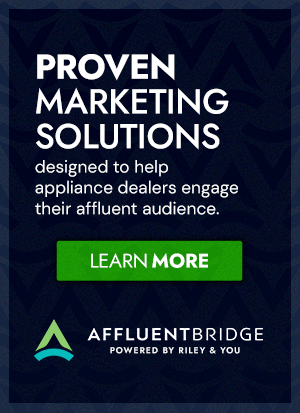When it comes to email frequency, one size doesn’t fit all. What’s good for one business may not work for another. It’s important to determine what’s right for YOUR business.
The case for more frequent emails:
Communicating more often with prospects and customers equals more money for your business. All types of communication (email, phone, face-to-face, direct mail, social media, etc.) do the following:
- establish a relationship with your customer base;
- establish your business as trustworthy and credible;
- prove you’re here to stay; and
- increase your place in the “top of mind” for customers.
It’s okay to communicate frequently, even multiple times per week, but make sure you have something of value to say to your targeted audience. If you’re communicating often, but you’re not adding value, your customers will become annoyed. Chances are you’ll end up in the junk folder black hole or they’ll opt-out from communication completely.
So how do you determine what frequency is right for your business?
Learn from others
Take a look at what your competitors are doing, especially those that have a much larger marketing budget and likely more analytics surrounding their email marketing efforts.
Survey your content
Do an in-depth audit of your current content to see what’s not only valuable but relevant to your audience. Determine what needs to be updated to make it current. Evaluate your capacity for creating new content. Then develop a content calendar that you’ll be able to maintain without stretching your budget or your team too thin. This will determine how much valuable content you have to provide and how often.
Test and analyze the results
Follow your open rates, click-through rates, unsubscribe rates, and email conversion rates to determine if you’re sending too many emails, then adjust based on the results.
Bonus:
If you have an advanced email marketing strategy, you know that you can segment your audience at the most granular levels. Although segmenting is not always necessary, it can be helpful when determining email frequency. Think about the various segments within your target audience. Ask yourself how often they might want to hear from you. New customers may want to hear from you more often, while established customers may want to hear from you less. A robust email platform will allow you to customize your frequency to different audiences.


